On arrival at Gonggar Airport, you will be met by our
representative and transferred to hotel.
[70 Km: 01Hrs]
Check in at hotel.
Rest of the day is at leisure for acclimatization.
Overnight is at Hotel in Lhasa.

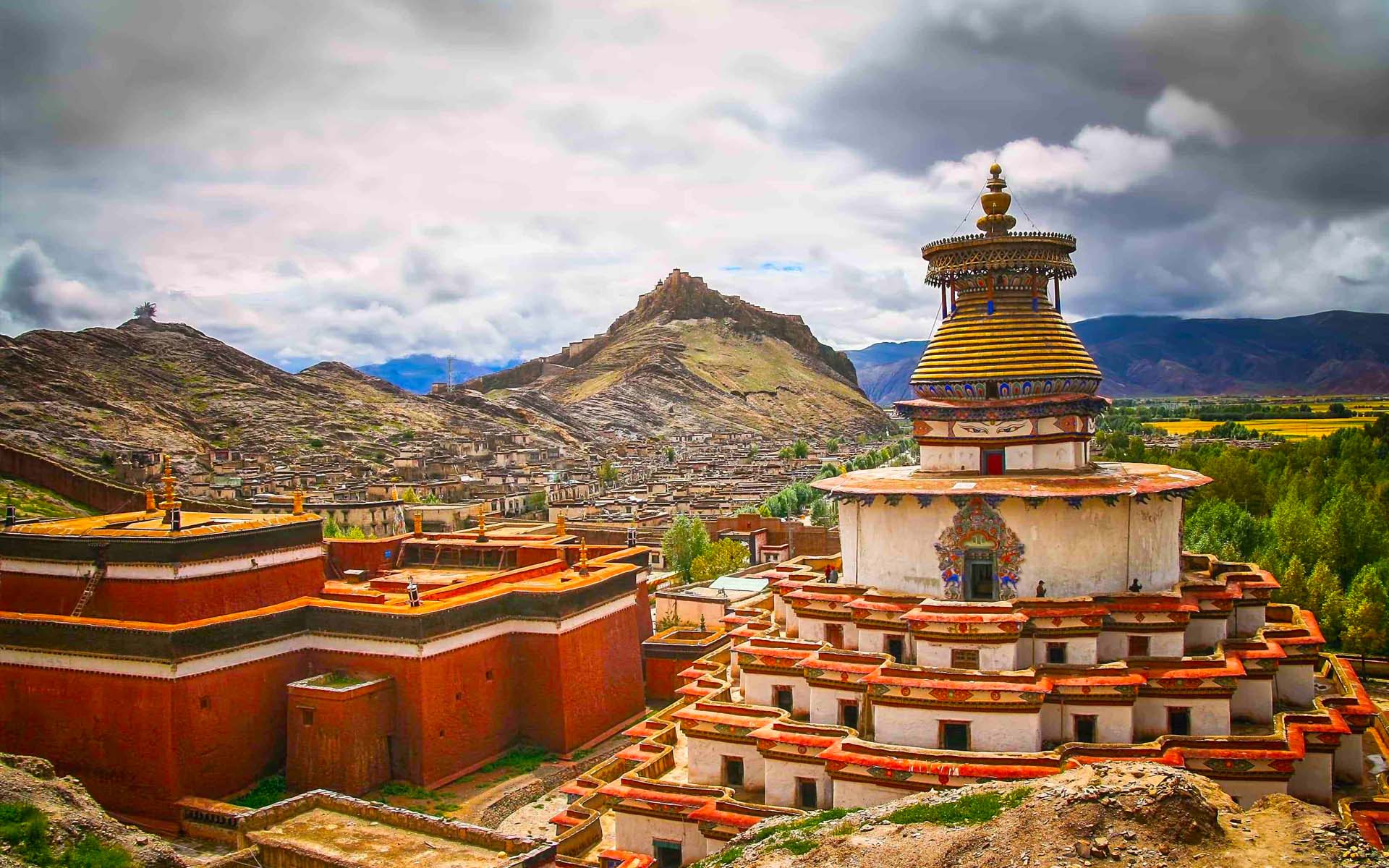
Lhasa City in Tibetan language means 'Holy City'. It is the capital of Tibet which dates back to 7th century AD when King Songtsen transferred his capital from Yarlung to Lhasa. The city is located at a height of 3,500 m above sea level in the south central part of Tibet Autonomous Region (TAR). It is the center of cultural, political and religious activities inTibet. Lhasa Town is also famous for few of the most stunning creations of hand in the entire world like Potala Palace and Jokhang Temple. Lhasa also serves as a home to 31 communities and is the most thrilling city that offers everything from calm corners to bustling markets that beckons tourist from around the world. Lhasa has the most challenging terrain to reach and move around when compared to other parts of China and Tibet, as it has extreme altitude location. Once you reach here, the first look of the city makes you believe that Lhasa has something different, something that makes it special. Lhasa is a city which expects you to know a lot about it before you set out to explore its magical charms. The most important is your fimilarity with its climate and environment. You will be flabbergasted to notice the difference between the day time temperature and night time temperature. The city receives amazing amount of sunshine that keeps the temperature a bit high, but as the sun sets the temperature starts to fall drastically making nights extremely cold. So it is advisable to take woolen clothes as well with you. The best activity that you indulge in might be shopping from the famous Barkhor street. You will get everything that you wish from one single street itself full of shops. Your other shopping attractions could be silver ornaments, Thangka paintings, yak wool and different kinds of handicrafts.
Destinations
| Lhasa | Day 1-3 |
|---|---|
| Trubshi Village | Day 3-4 |
| Terdrom | Day 4-5 |
| Lhasa | Day 5-6 |
| Samye | Day 6-8 |
| Gyantse | Day 8-9 |
| Shigatse | Day 9-11 |
| Sakya | Day 11-12 |
| Rongbuk | Day 12-13 |
| Kyirong | Day 13-15 |
The best time to visit
| Lhasa | May to October |
|---|---|
| Shigatse | May to October |
| Gyantse | May to October |
| Kyirong | April to October |
| Rongbuk | late April to early June and from September to October |
| Sakya | April to October |
| Trubshi Village | April to October |
| Terdrom | April to October |
| Samye | April to October |
On arrival at Gonggar Airport, you will be met by our
representative and transferred to hotel.
[70 Km: 01Hrs]
Check in at hotel.
Rest of the day is at leisure for acclimatization.
Overnight is at Hotel in Lhasa.
Breakfast is at hotel.
Today, you will be visiting the Potala Palace which
dominates the city of Lhasa, spectacular building, it contains the private
quarters of the Dalai Lama as well as numerous grand state rooms and many
important chapels.
Potala Palace is the cardinal landmark and a structure of
massive proportion. This symbol of Tibet, an architectural gem built in the
colossal monastic style of Central Tibet by GyelwaNgapa, the fifth Dalai Lama,
in the 17th century, stands 300m above the valley atop the hill called Marpo
Ri. The thousand rooms in Potala date from 1645 when the fifth Dalai Lama began
erecting a palace that would serve as a sacred and administrative centre. It
served many succeeding Dalai Lamas and as one of Tibet‚s most impressive and
enduring monuments, the Chinese Army of Red Guards protected it during the
Cultural Revolution.
In the afternoon, you will visit as well as the Jhokhang
Temple, possibly the most sacred shrine in Tibet and there is always a
procession of devout Tibetans through the complex. Jokhang Temple is in the
heart of old Lhasa, most sacred temples in Tibet established in 7th century by
King SongtsenGampo, the King who brought Buddhism to Tibet. Tibetans, in
general, consider this temple as the most sacred and important temple in Tibet.
The temple is currently maintained by the Gelug School, but they accept
worshipers from all sects of Buddhism. The temple's architectural style is a
mixture of Indian Vihara design, Tibetan and Nepalese design.
In the evening, visit Barkhor Bazaar is the market place
where everything is available, also good for people watching. Tibetans spin
prayer wheels and shop as they circumambulation. Good for shopping everything
from trinkets to Tantric ritual objects. Later, drive back to hotel.
Overnight is at hotel in Lhasa.
In the morning, you will drive to Trubshi Village where you
can experience the Tibetan countryside life. Trubshi Village is highly reputed
as one of the most beautiful Tibetan villages, which is also the starting point
of Ganden to Samye trek. You may do horse ride if horses are available (Horse
riding is not free, please discuss the price with local people, Approx US$
50.00). You can communicate with the family member and take part in their daily
homework like cooking Tibetan Food, etc. Overnight is at Local Farmer’s House.
Today you will trek from Trubshi
Village to Ganden Monastery(4-5 Hrs) which is situated on the Wangpori mountain
with an elevation of 3800m above sea level and is considered to be one of the
“Great Three” Gelugpa monasteries, founded by the Great Tsongkhapa in 1409. It
is very interesting to go for Lingkor (circuit) around the monastery and
tourists can see the Great Tsongkapa’s meditation cave and the beautiful view
of Lhasa valley.
Then, drive northeast for 100 km
to Terdrom hot spring and enjoy a bath there. Located at 4500 meters above sea
level and with a history of 1,400 years, Terdrom Hot Spring is known as “the
world’s first hot spring” and became one of the four holy springs in Tibet as a
result of Padmasambhava’s blessings on it.
Overnight is at hotel in Terdrom.
Drive back to Lhasa. En-route visit Drak Yerpa meditation
cave. It is a mountain said to be in the shape of Tara's body, who is a
Buddha-enlightened being of compassion. The significance of Drak Yerpa is that
it has 108 caves that have been used by some of Tibet's great lamas and meditators
for 3 and 12-year meditation retreats. Not only have the caves been used in the
past, but also there has been an unbroken continuity of use to this day. The
place has a palpable sense of power. Meditating in the cave may be a powerful
experience. It’s a sense of happiness welling up within, an energetic sense of
peacefulness. After tour drive back to Lhasa.
Overnight is at hotel in Lhasa.
In the morning drive to Tsedang.
Sightseeing in Tsedang of Yambulakhang Palace and Tandruk
Monastery.
Built in the 2nd century B.C, Yambulakhang Palace stands on
top of a hill on the east bank of the Yalong River in the southeast of Naidong
county. It is situated about 12
kilometers south of Tsedang and was built by King NyatriTsedpo who is believed
to have descended from heaven. It's the oldest known building in Tibet, and the
first building in Tibet. It is a fortress-like dwelling built on the spur of a
hill that commands an impressive view of the entire fertile valley.
This Monastery blends into the hillsides and is a worthwhile
site to see. It is one of the most important Nyingmapa monasteries. Parts of it
were dynamited during the Cultural Revolution but most of it has been
beautifully restored. At the time of the 1959 revolt against Chinese Communist
rule in Central Tibet, there were approximately 300 monks at Mindroling. The
interior holds the statue of its founder and a throne for its incarnate Lama.
The small stupa contains relics of a recalcitrant monk who died in jail in
1959. In the small chapel to the left are two good statues of Sakyamuni and
Padmasambhava (Guru Rinpoche).
Drive to Samye. Overnight is at Samye Monastery Hotel.
Morning visit Samye Monastery. Samye Monastery:
Situated amidst breathtaking scenery, built in the 8th
century, Samye Monastery was the first Buddhist monastery to be founded in Tibet
by King TrisongDetsen of Tibet who sought to revitalize Buddhism, which had in
the 7th century. A unique monastery and village rolled into one, Samye is a
highlight of a visit to Tibet.
Samye is famous for its sacred mandala design: the central
temple symbolizes the legendary Mount Meru, center of the universe. It is a
popular pilgrimage destination for Tibetan Buddhists, some of whom travel on
foot for weeks to reach it.
This monastery is designed to represent the Buddhist
Universe and many of the buildings in the courtyard are cosmological symbols.
At the center of the monastery ground is the most impressive of the monastery
buildings, and the center of this is a central pole, which represents the core
of the Universe. The complex originally had 108 buildings (an auspicious number
to the Tibetans) and there were 1008 chortens on the circular wall that rings
the monastery.
Then after visit Chim-puk medication cave.
Chim-puk Hermitage is one of the most well-known meditation
retreats in Tibet.It's said that many prestigious persons like Padmasambhava,
Santiraksita and TrisongDetsen all have been practicing here for many years.
And their hand prints and footprints impressed on the rocks still can be found
in this hermitage. Situated in Shannan area, Chim-puk Hermitage have a very
pleasant climate and beautiful scenery. It' neither too hot in summer nor too
cold in winter. A day trek from Samye Monastery to Chim-puk Hermitage is
extremely popular among tourists and hikers.
Overnight is at Samye Monastery Hotel.
The third most important city Gyantse is one of the least
Chinese influenced towns in Tibet and is worth a visit for this reason alone.
Yamdrok Lake is one of the three largest sacred lakes in
Tibet. It is over 72 km (45 miles) long. The lake is surrounded by many
snow-capped mountains and is fed by numerous small streams. The lake does have
an outlet stream at its far western end. Around 90 km to the west of the lake
lies the Tibetan town of Gyantse and Lhasa is a hundred km to the northeast.
According to local mythology, YamdokYumtso Lake is the transformation of a
goddess.
Yamdrok Lake, has a power station that was completed and
dedicated in 1996 near the small village of Pai-Ti at the lake western end.
This power station is the largest in Tibet.
The lake with an area of 621 square kilometers and the
unknown depth is fan-shaped, spreading to the South but narrowing up to the
North. The mountainous lake has a dozen of islands, the largest of which is
about 3,000 square kilometer. The lake freezes up in winter. Like mountains,
lakes are considered sacred by the Tibetan people, the principle being that
they are the dwelling places of protective deities and therefore invested with
special spiritual powers. Overnight is at Hotel in Gyanste.
Drive to Shigatse [90 KM – 1.5 Hrs]
Tibet’s second-largest town and the traditional capital of
Tsang province, Shigatse is a modern, sprawling city, with wide boulevards
humming with traffic (even in the pedestrian-only street). As you drive in
across the plains, the site of the Potala-lookalike Shigatse Dzong, high on a
hilltop overlooking the town, will probably fire your imagination, but the fort
is empty and most of what you see dates from a 2007 reconstruction. It is the
Tashilhunpo Monastery, to the west of town that is the real draw. Since the
Mongol sponsorship of the Gelugpa order, Shigatse has been the seat of the
Panchen Lama, and this seat was traditionally based in the monastery.
Palkhor Monastery: Located about 100 km east of Shigatse,
the unique PalkhorMonstery, also named Palcho Monastery, is very different from
other monasteries. It is reputed as the lord of Tibetan stupas and is famous
for its architecture, sculpture, and mural painting art. Palkhor Monastery
enjoys a high status in Tibetan Buddhism history because it houses three sects,
Sakyapa, Kadampa and Gelugpa together. It was built in collaboration with the
Newari architects and Tibetan artists.
Kumbum: The spectacular Bodhi stupa, or Kumbum in Tibetan
was built in 1412 and completed 10 years later. Deemed as the symbol of the
monastery, the spectacular "stupa" consists of hundreds of chapels in
layers, housing about a hundred thousand images of various icons. The elegant
structure is worth visiting. The famous Kumbum pagoda, built in collaboration
with Newari artists from Nepal and Tibetan artists, also stands in the same
courtyard with nine stories, 108 doors and 77 chapels containing clay
sculptures and various murals. The Stupa rises over four symmetrical floors and
is surmounted by a gold dome. The dome rises like a crown over four sets of
eyes that gaze serenely out in the cardinal directions of the compass. .Kumbum
means 10,000 images. The pagoda is said to have 100,000 images, either
sculptured or painted, this is the reason for its name "100,000 Image
Pagoda".
Overnight is at Hotel in Shigatse.
In the morning,
visit is one of the Six
Big Monasteries of Gelugpa (or Yellow Hat Sect) in Tibet. Also called the Heap
of Glory, it is located at the foot of Drolmari (Tara's Mountain),
Shigatse. Founded by the First Dailai Lama in 1447, the monastery's structure
was expanded by the Fourth and successive Panchen Lamas. Covering an area
of nearly 300,000 square met ers (3,229,279 sq. ft.), the main structures found
here are The Maitreya Chapel, The Panchen Lama's Palace and The Kelsang Temple.
Tashilhunpo is the seat of the Panchen Lama since the Fourth Panchen Lama took
charge in the monastery, and there are now nearly 800 lamas.
Explore the market in the evening. Overnight is at hotel in
Shigatse.
This morning Sakya and visit Sakya Monastery.
Sakya Monastery was built in 1073 by Khon Khonchog Gyalpo.
It is located in the city of Sakya, in the Tibetan region of Tsang, about one
hundred miles north of the border between Tibet and Nepal. The region is unique
for its gray (kya) earth (sa), hence the name Sakya. From 1073 until 1959, this
monastery served as the seat of the Sakya Order and of the Sakya Trizins who
are the spiritual leaders of the order.
Sakya Monastery was built at an auspicious location
prophesied by the great Indian master Atisha, who foresaw that emanations of
Mahakala, Manjushri, Vajrapani, and Avalokiteshvara would take birth at this
place and perform great activities for the benefit of the Dharma and all
beings.
Overnight at Hotel in Sakya.
After that, we will pass sola Pass(4600M), and Gyatsola
Pass(5248M). Shortly after we enter Mt. Everest National Nature Reserve,
tourists can enjoy the panorama of Himalaya at Gawula Pass (5198m).Then we
drive along the New zigzag road to Everest Base Camp(5200m). You can get closer
to gazt at the Mt. Everest peak. The sunset of golden Everest peak if time and
weather permits at the lodging area.
Stay overnight at Rongbuk.
In the morning, you can appreciate the sunrise of Everest
Peak if weather permits at the lodging area and then visit the - the unique
highest monastery with nuns and monks living together. Later, we can visit the
Everest Base Camp and take pictures of Mt. Everest at the closes distance in
EBC.
After that, we can drive from EBC to Kyirong border. On the
way, tourists can enjoy breathtaking view of Mt. Shishapangma and the Pekutso
Lake. After passing the GhungtangLhamo(5236M), we will arrive in Kyirong in
late afternoon.
Stay overnight in the guesthouse in Kyirong
Morning Hike to Kepu Village which is just near the
kyirongtwon, less than 1km, crosing the deep suspension bridge, then arrived
the Kepu village. hike insie the village about 3-4km, then arrvive the point of
Nepal-Tibet border. along the way, enjoy the local's village and farmland views
together with the snow capped mountains if weather permits.
Then hike to Nitsunvillahe.Nitsun is the best spot to enjoy
natural landscapes including icy peaks, sunrise and sunset because of its
elevated land and wide vision. From this position and view, the snow mountains
and glaciers seem more splendid and charming. The snow-capped Mt. Qumugula stands
before your very eyes clearly across the western valley, snowy ridges stretch
for miles and stone peaks stand in stalwart figure.
In the afternoon, drive from Kyirong town to Border, China
Custom, 24km.
Stay overnight in the guesthouse in Kyirong
Our Tibetan guide will assist you to exit
China via Gyirong border.
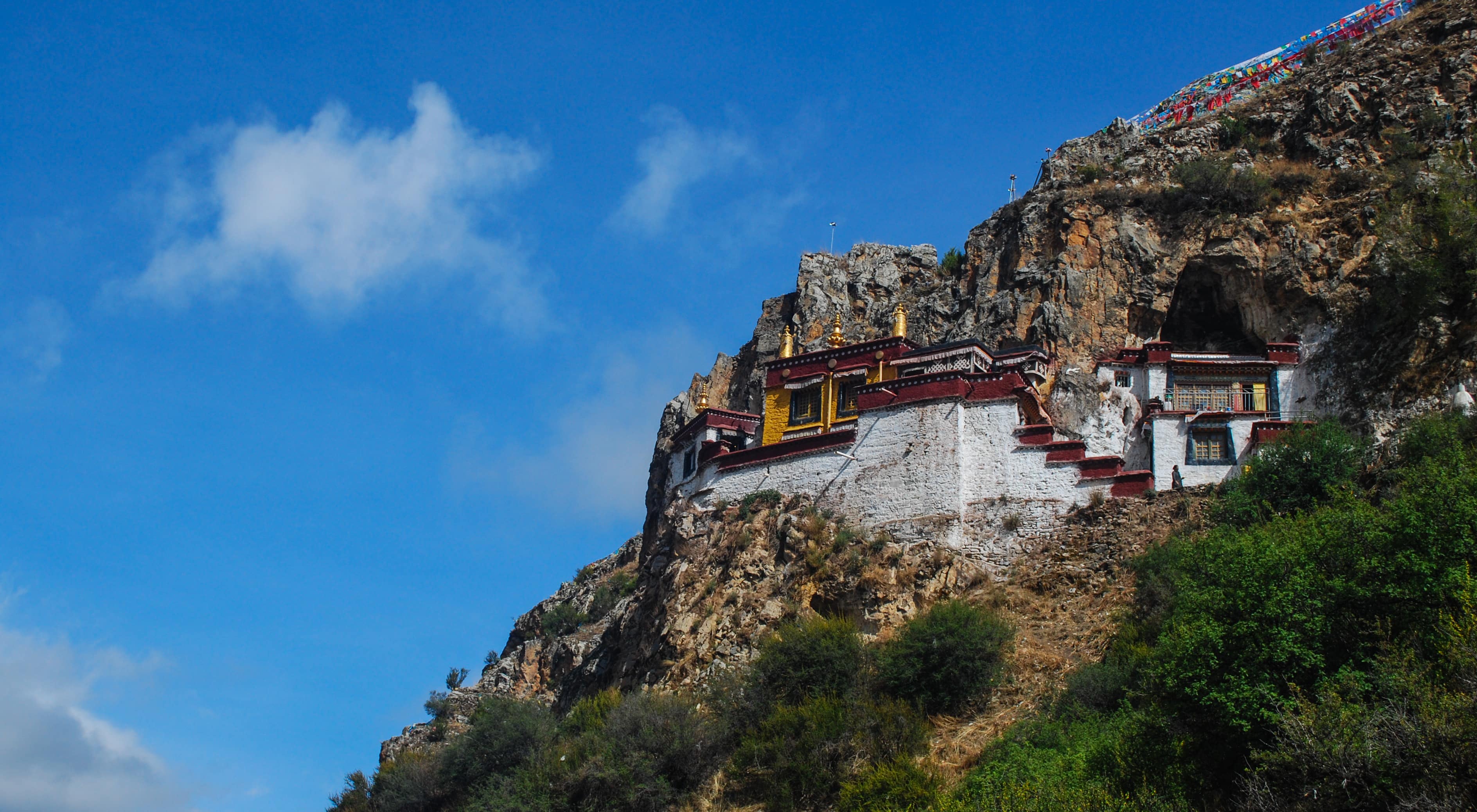
Lhasa
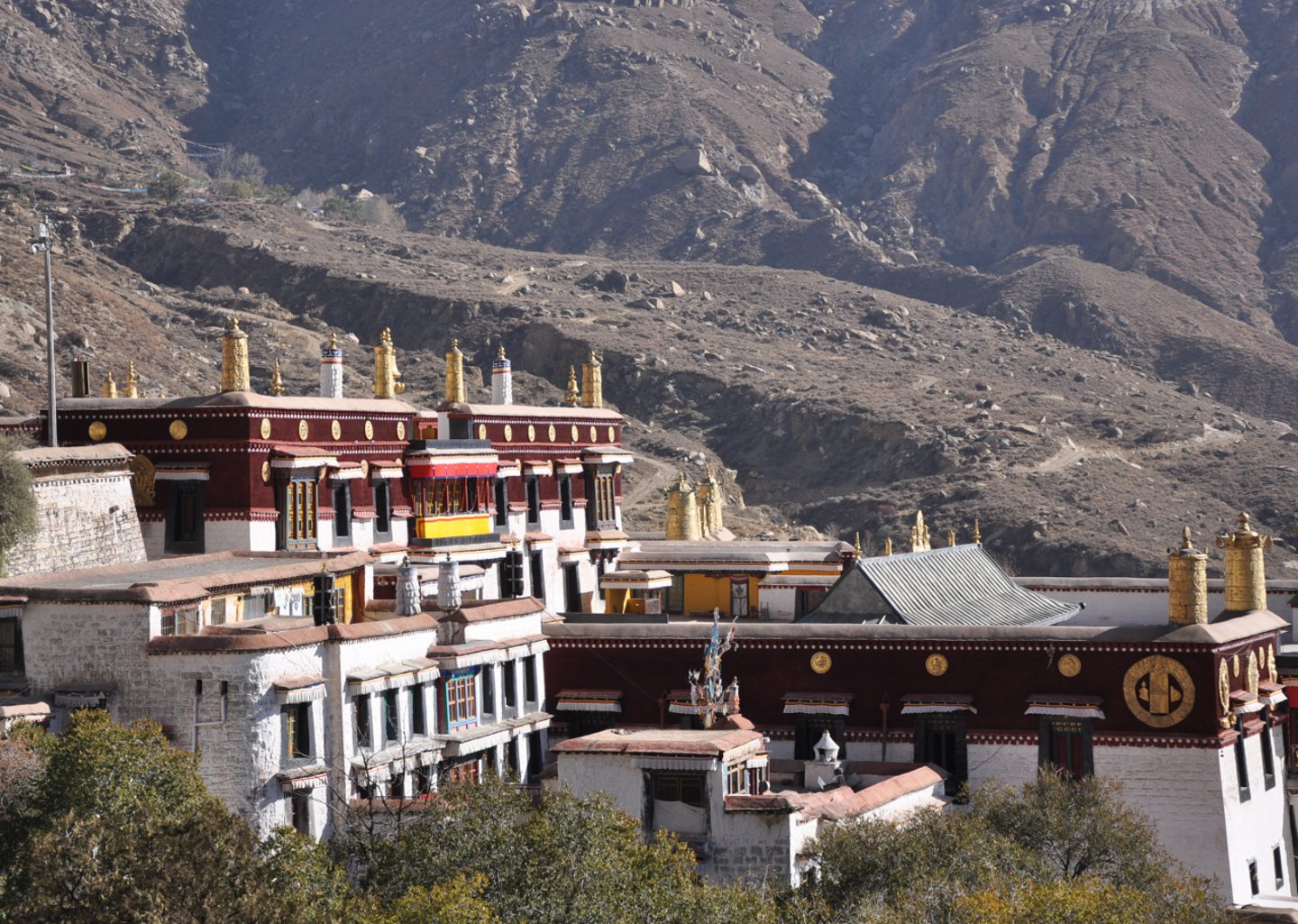
Lhasa
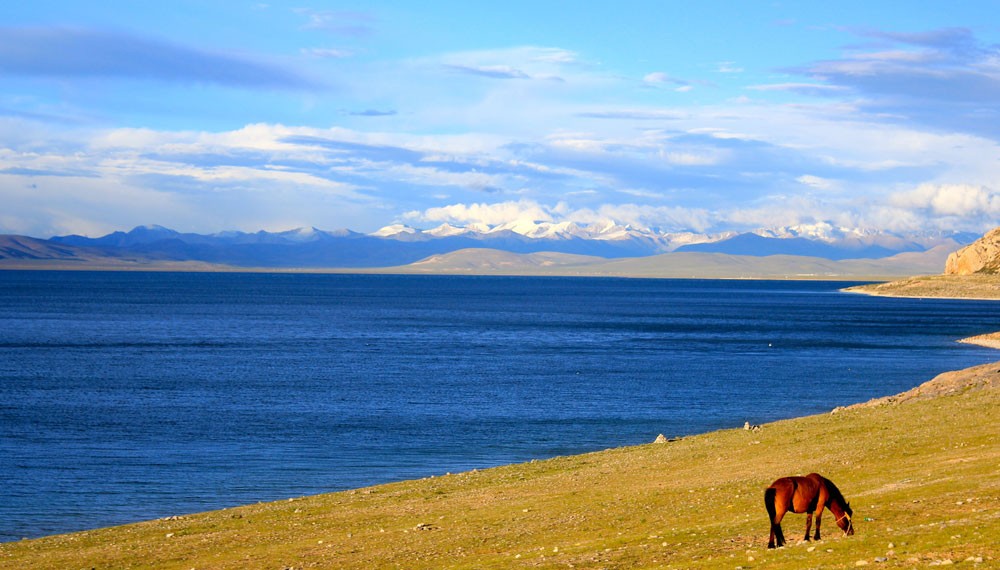
Lhasa
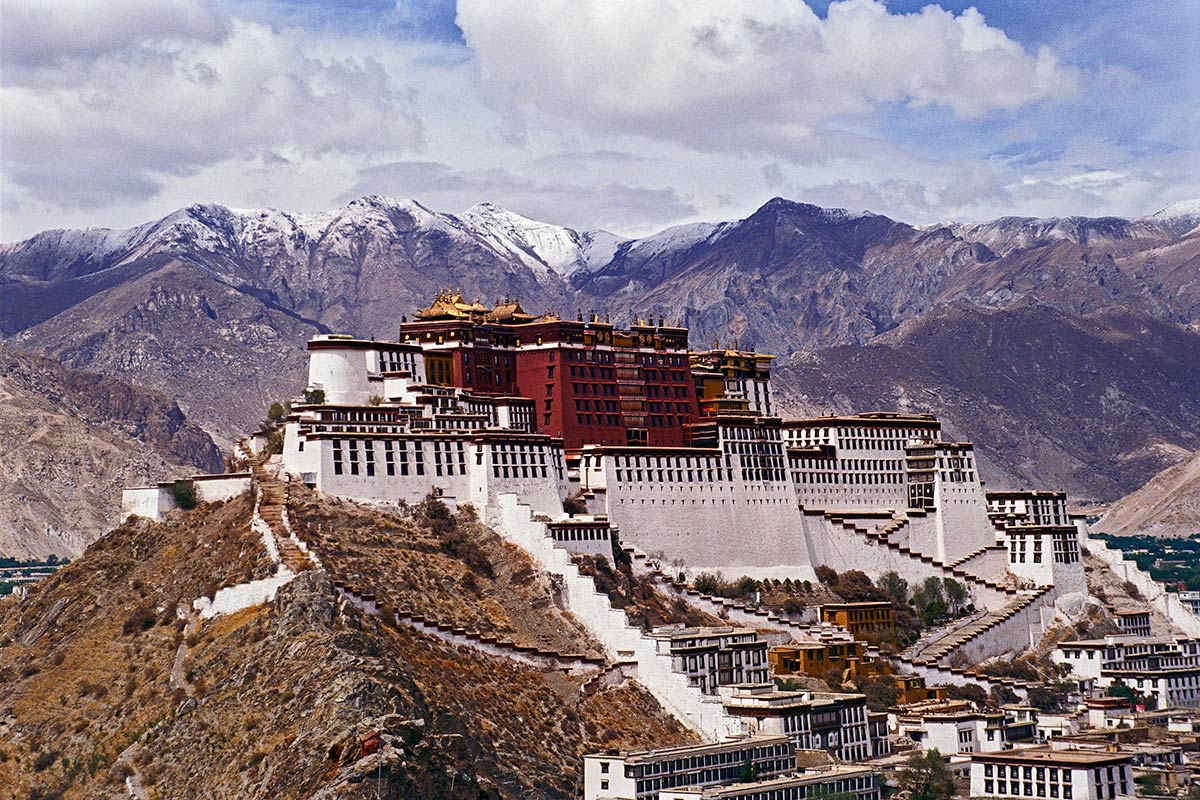
Lhasa
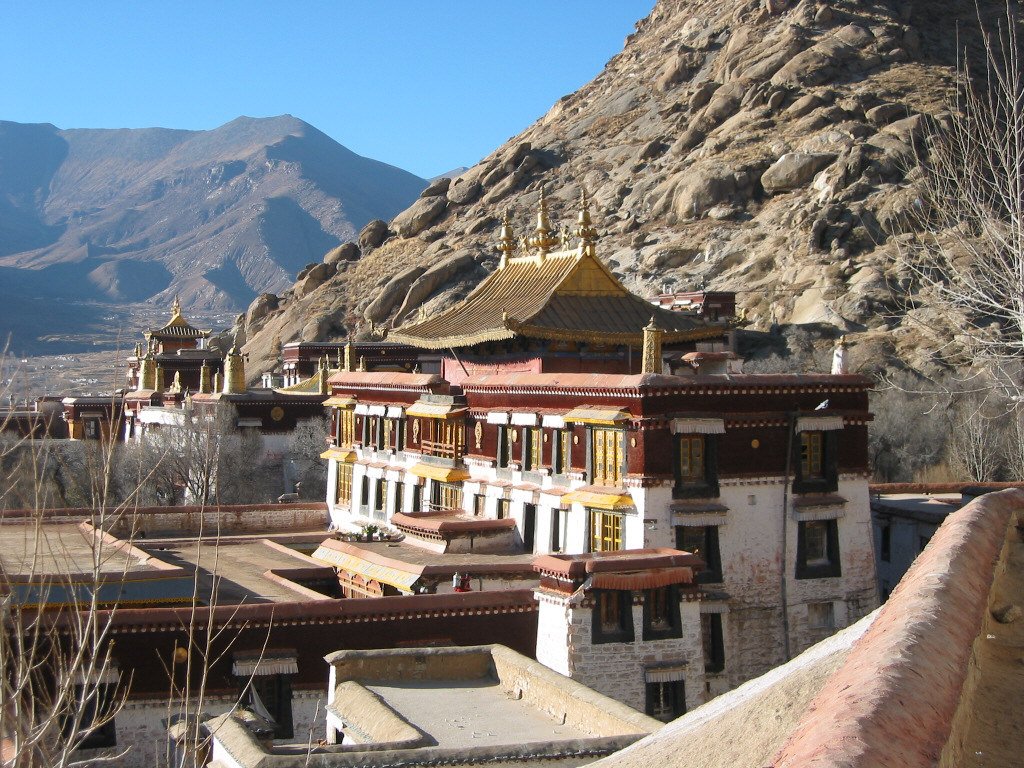
Lhasa

Lhasa
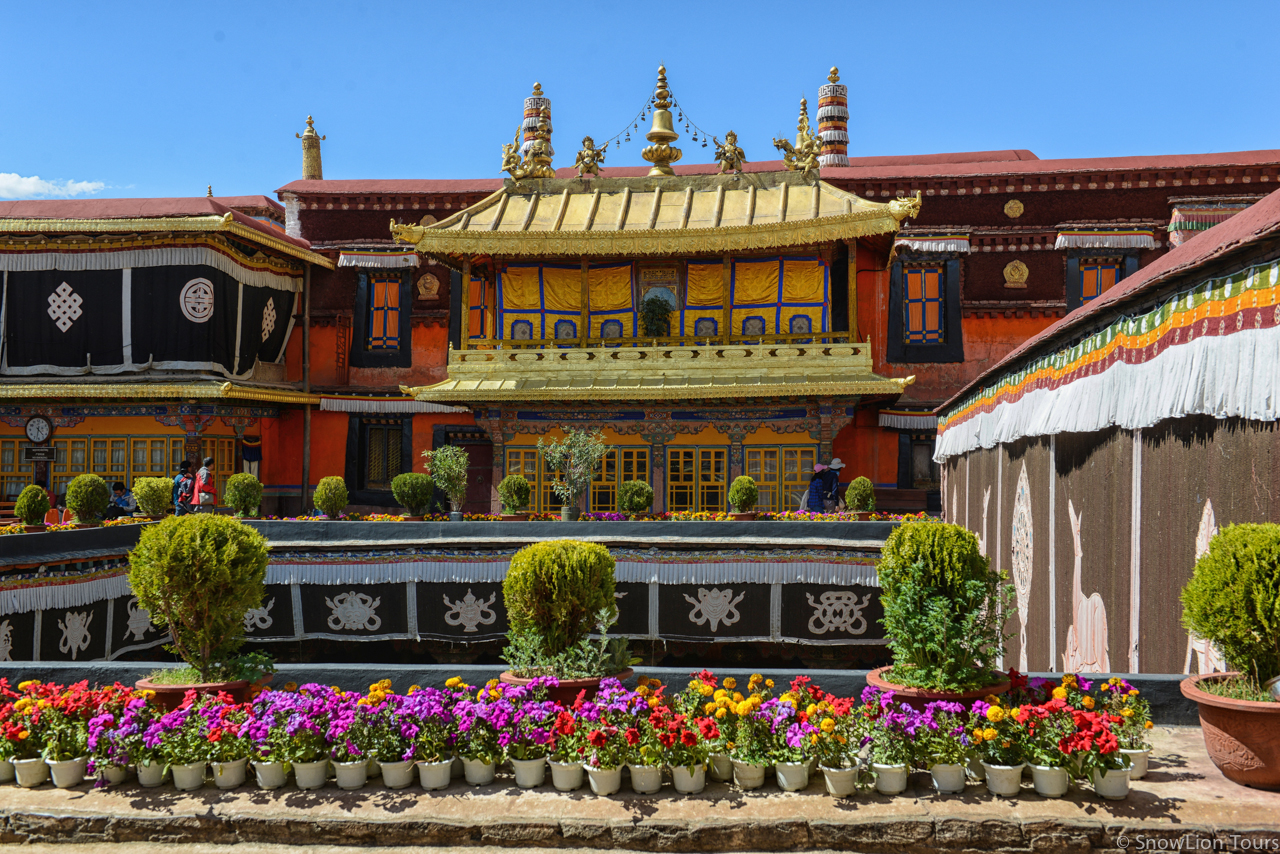
Lhasa
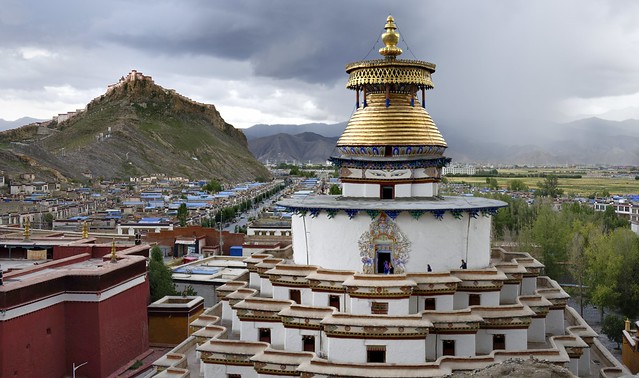
Shigatse

Shigatse
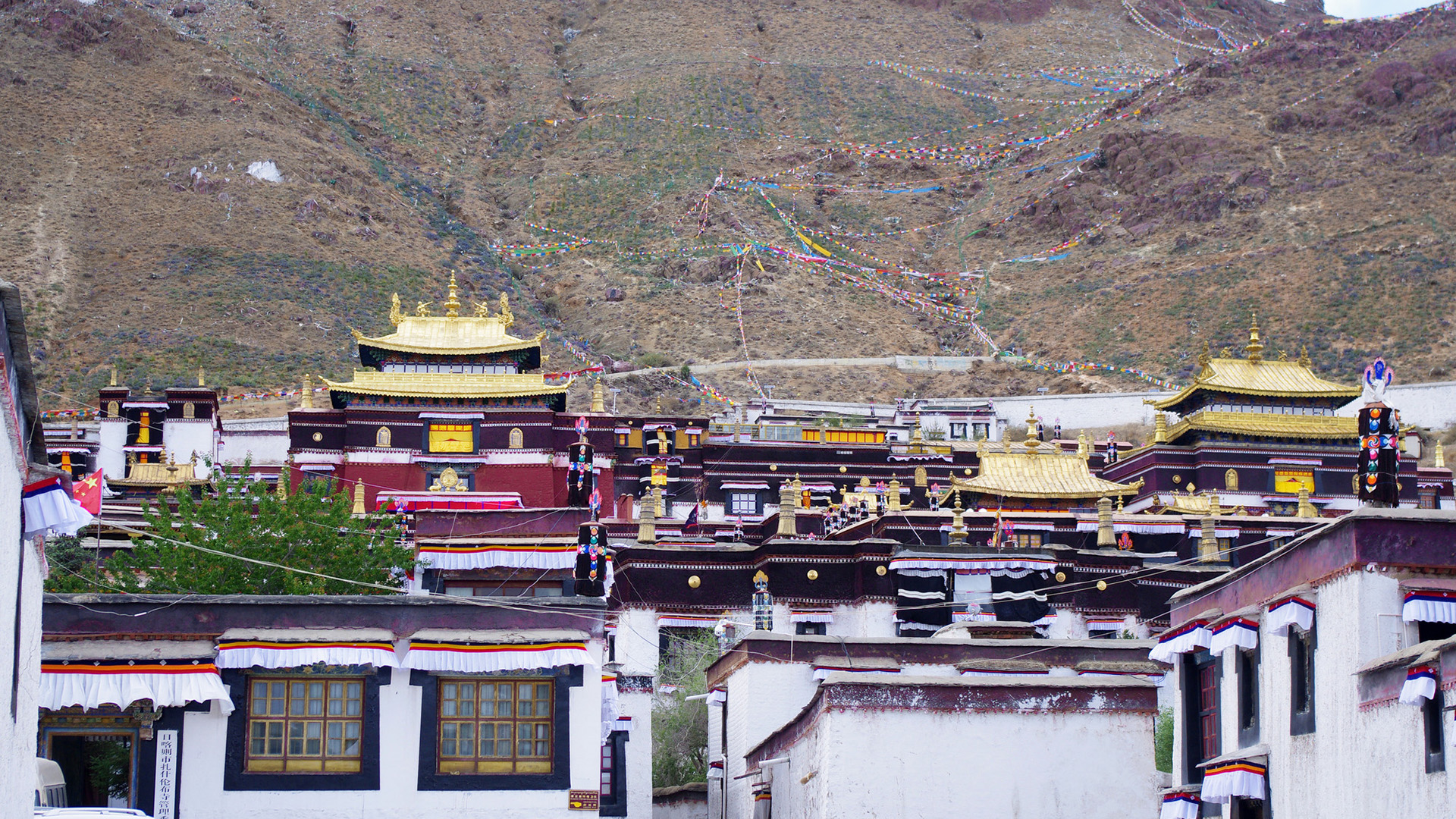
Shigatse
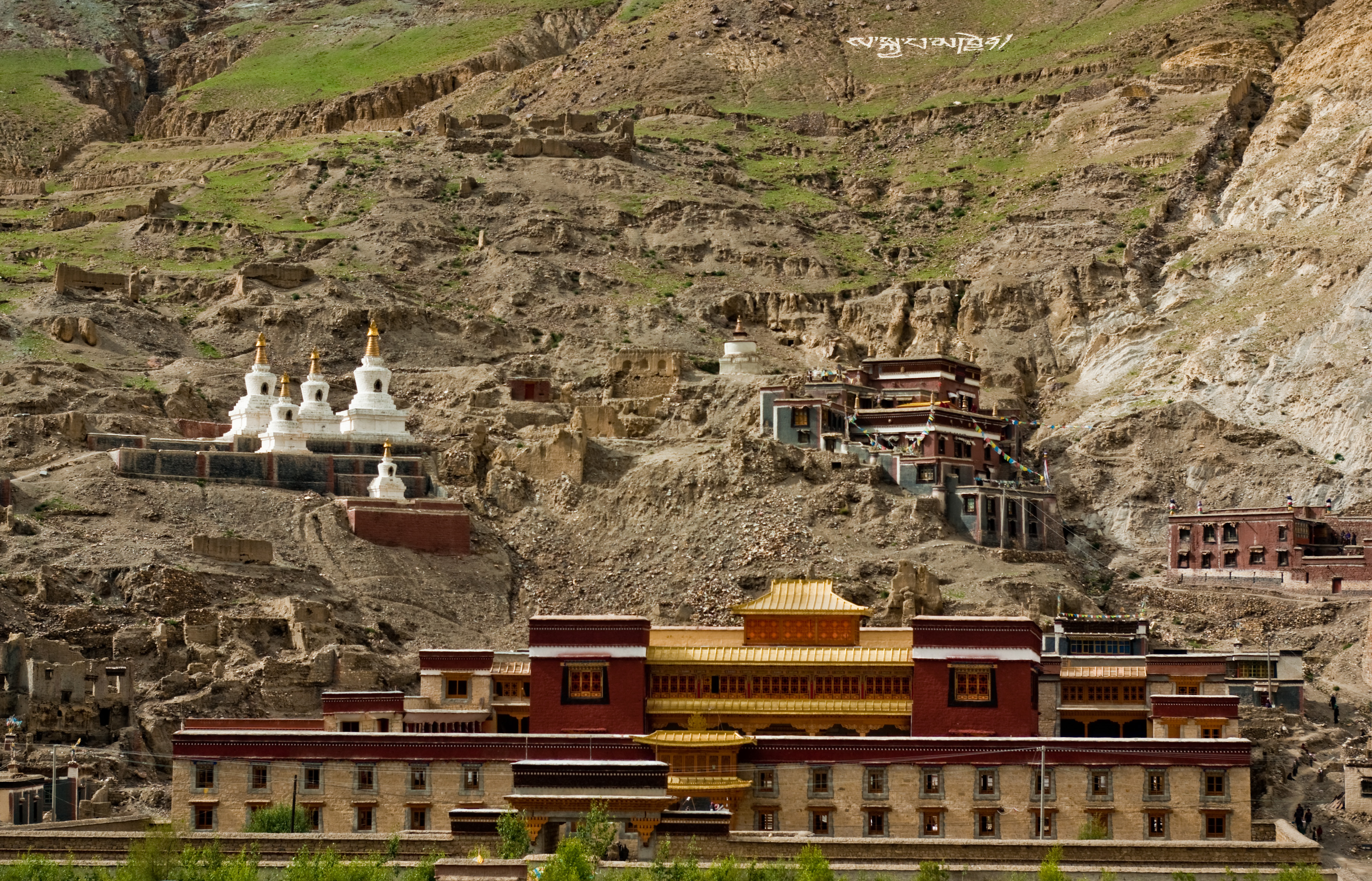
Shigatse
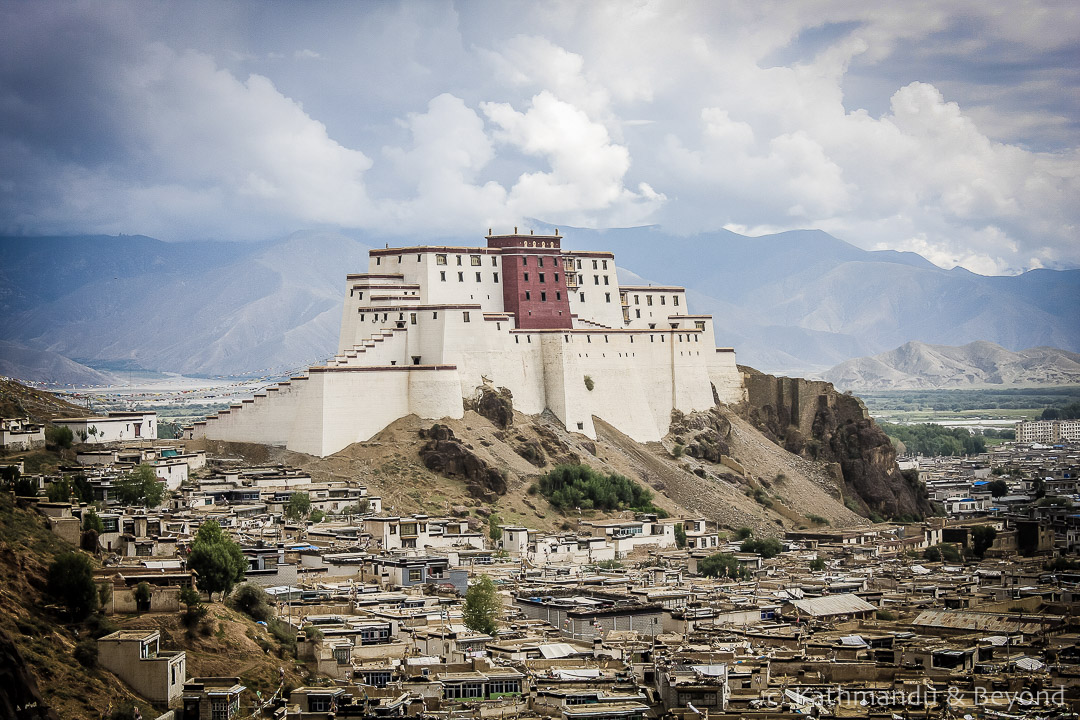
Shigatse
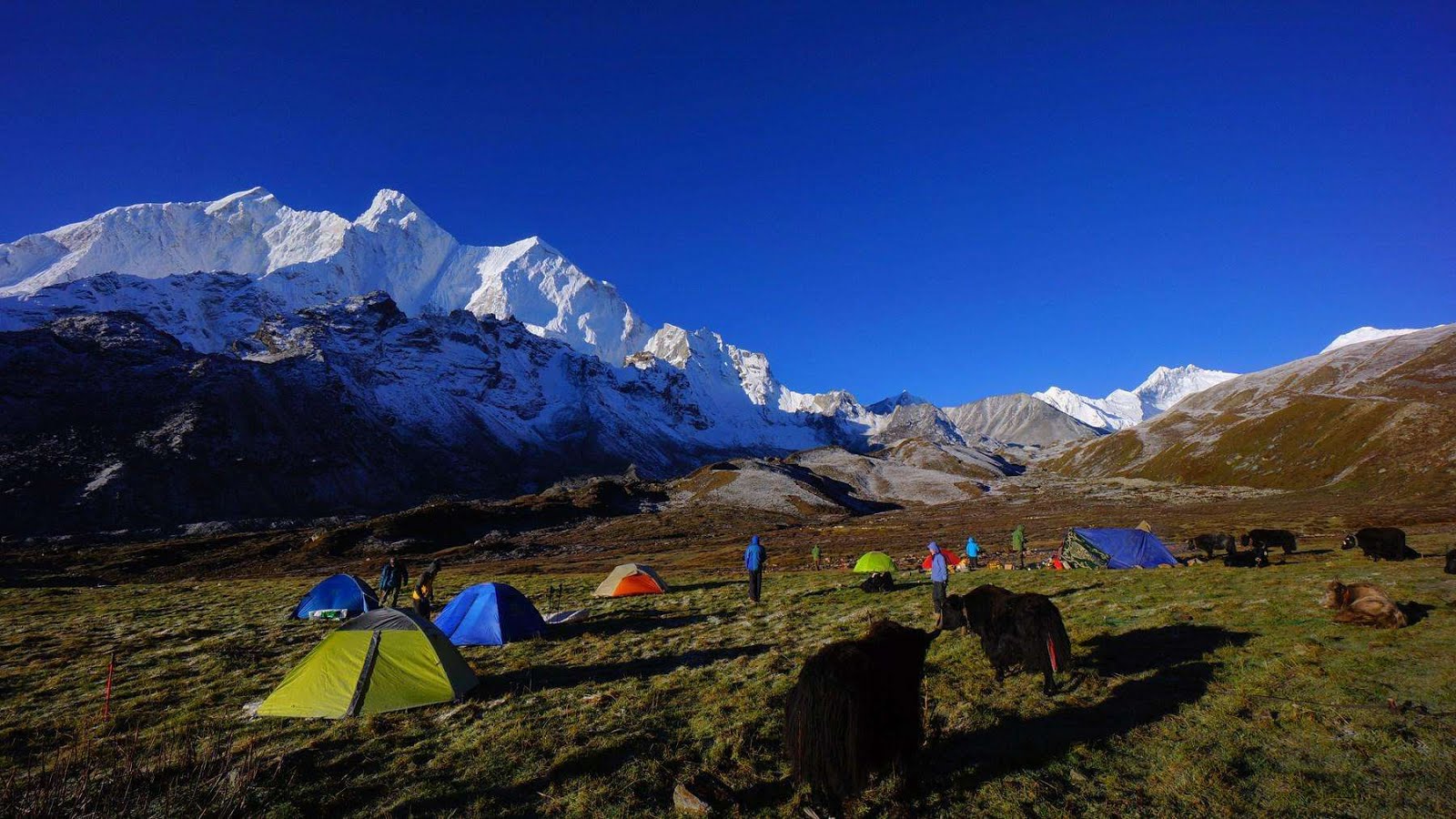
Kyirong
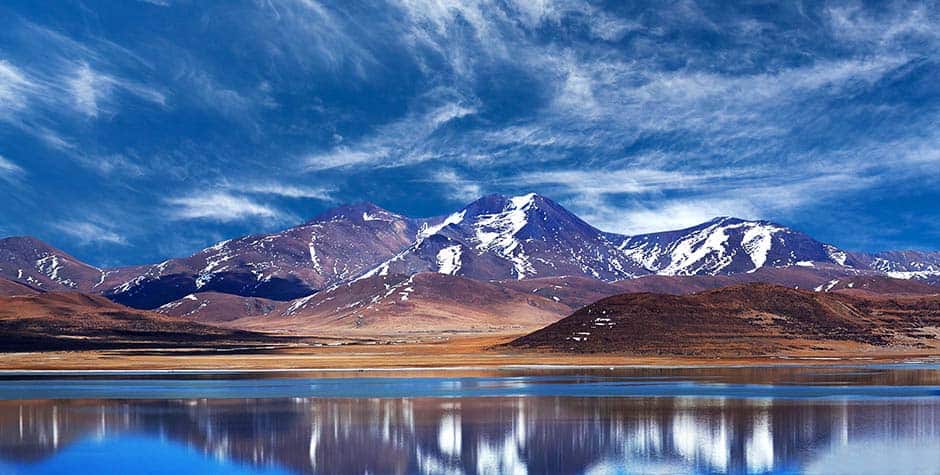
Kyirong
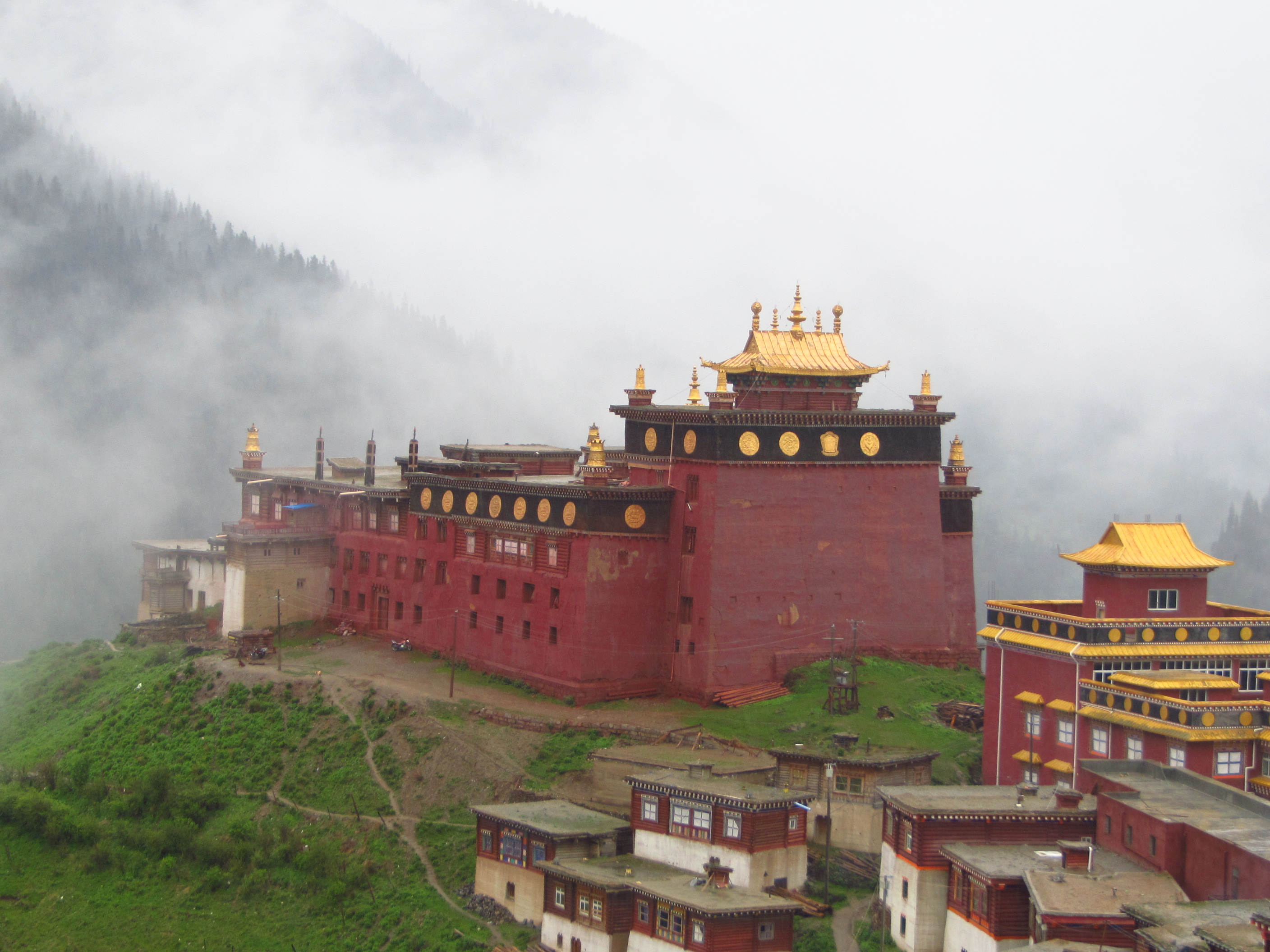
Kyirong
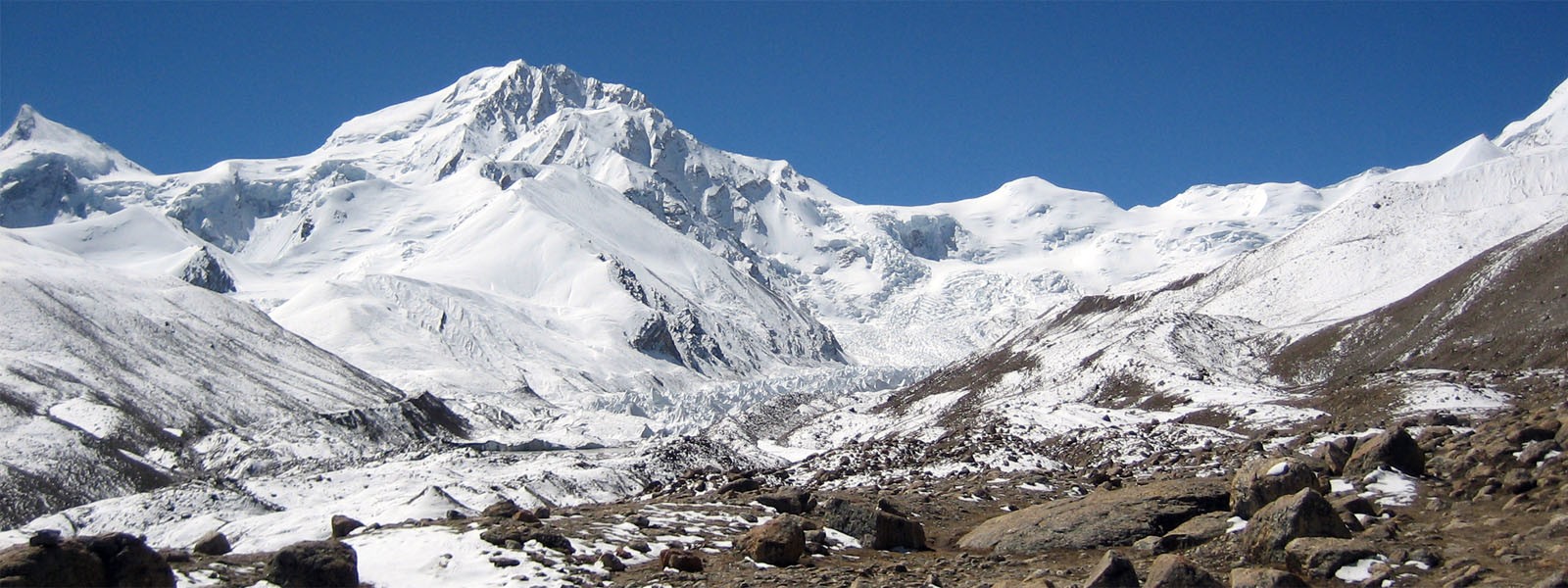
Kyirong
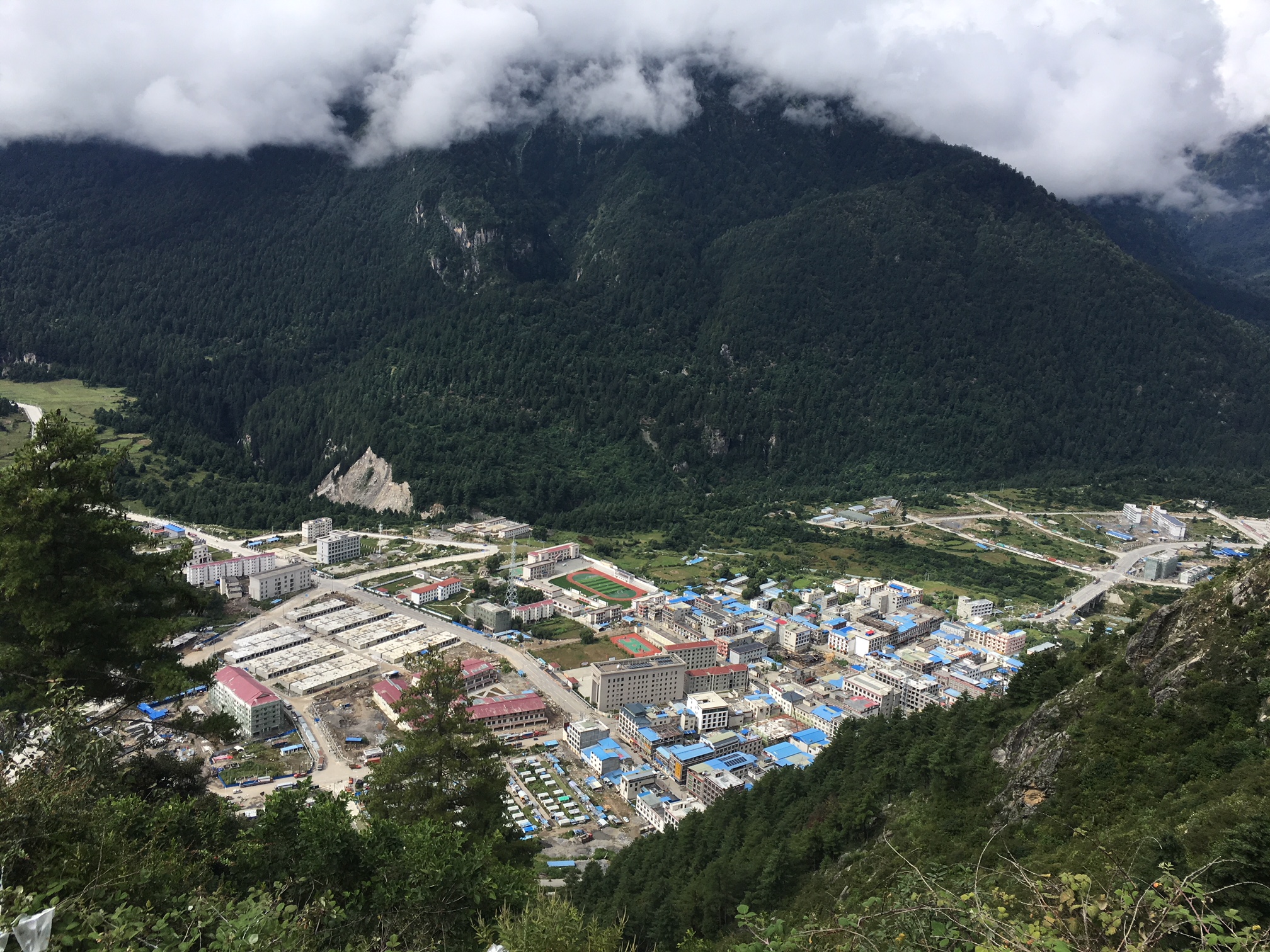
Kyirong
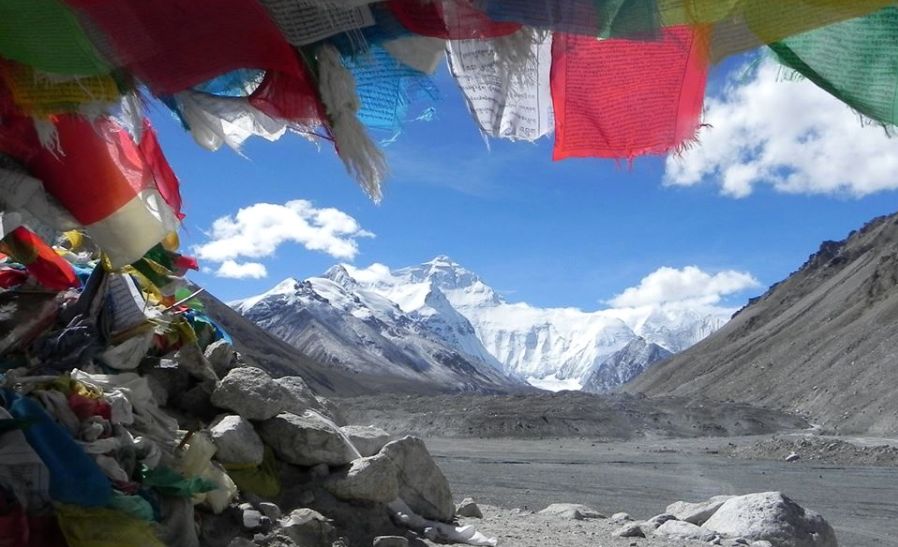
Rongbuk
Rongbuk
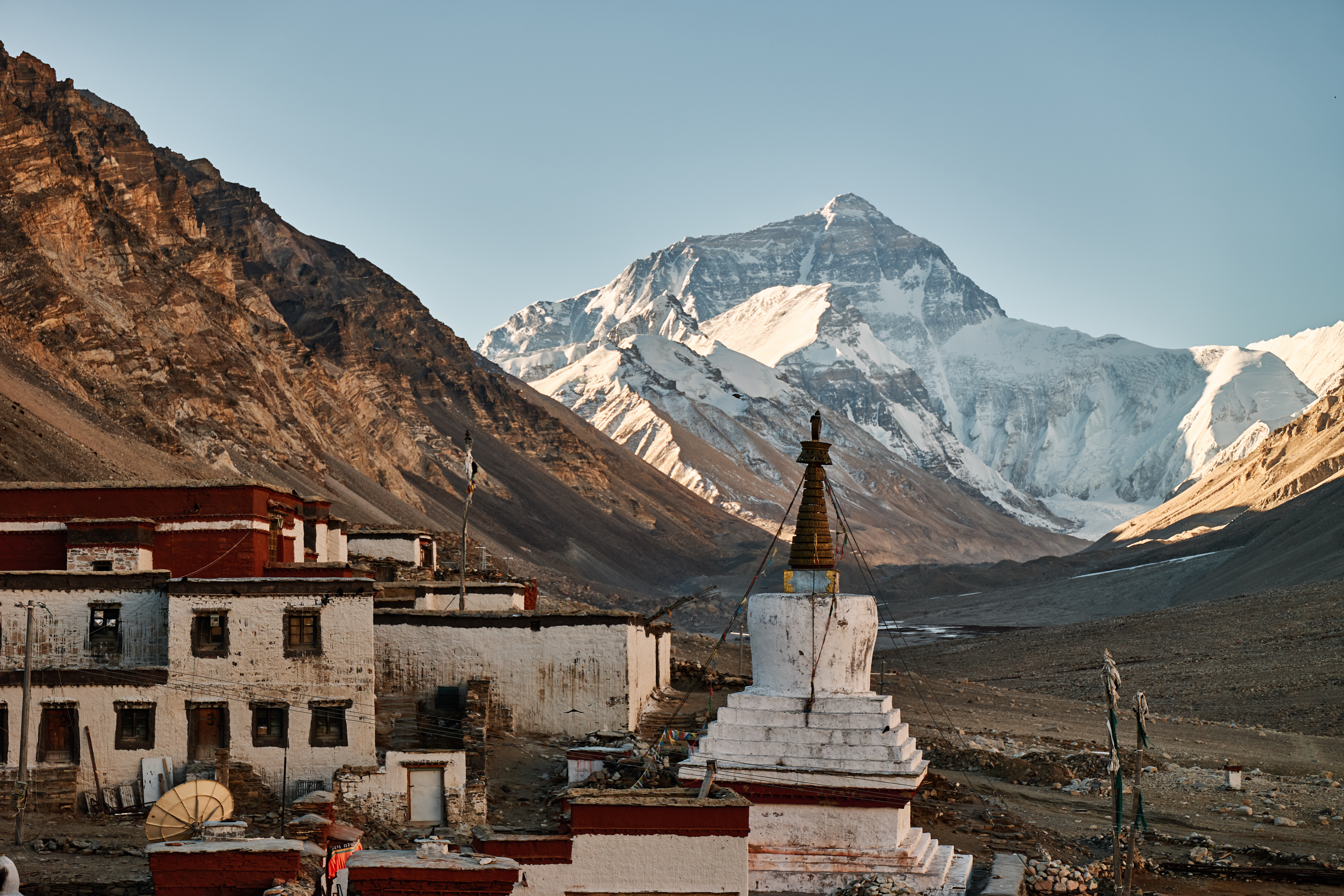
Rongbuk
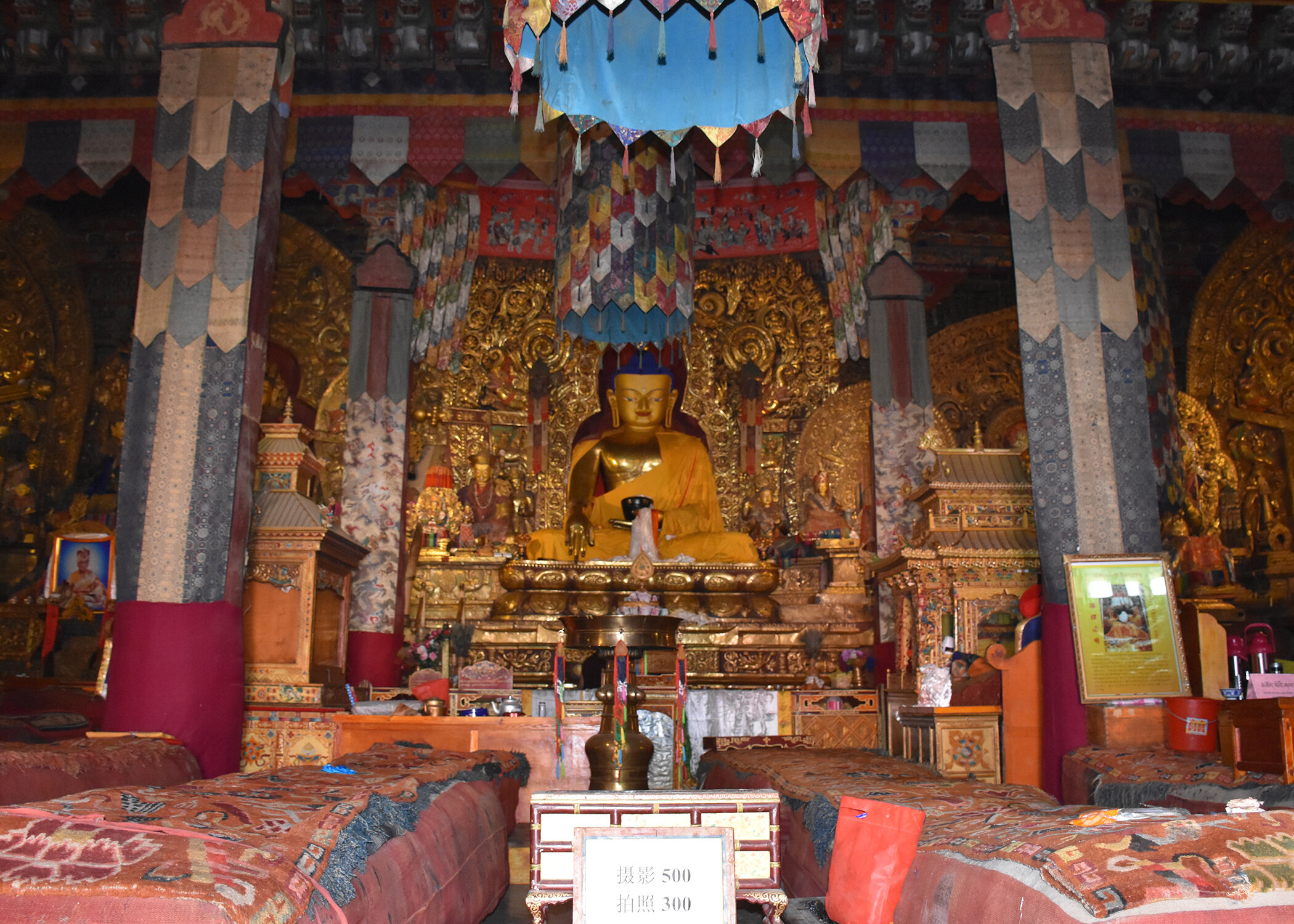
Sakya
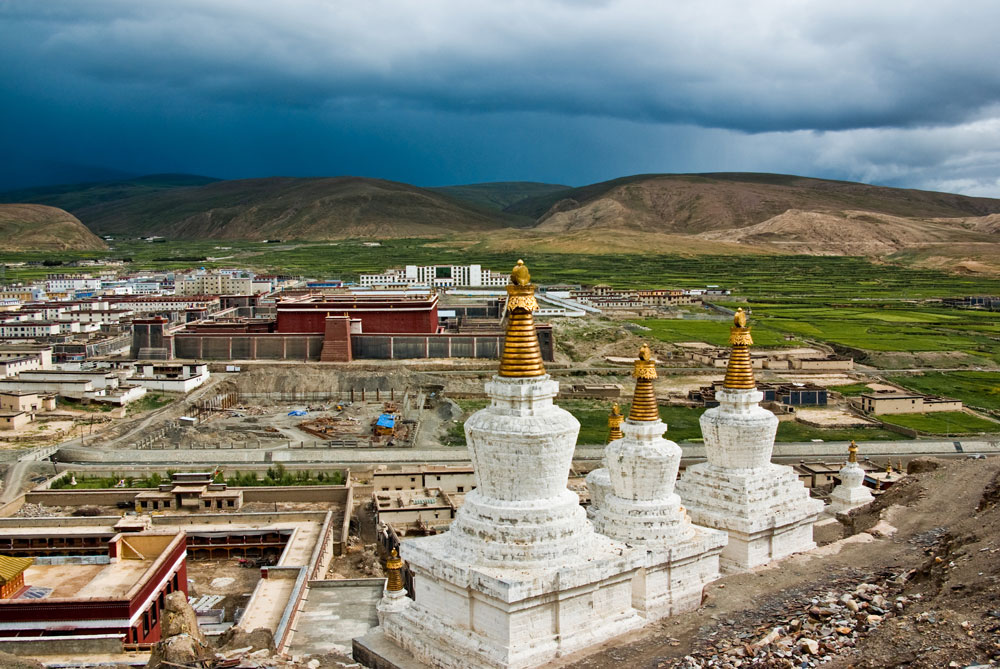
Sakya
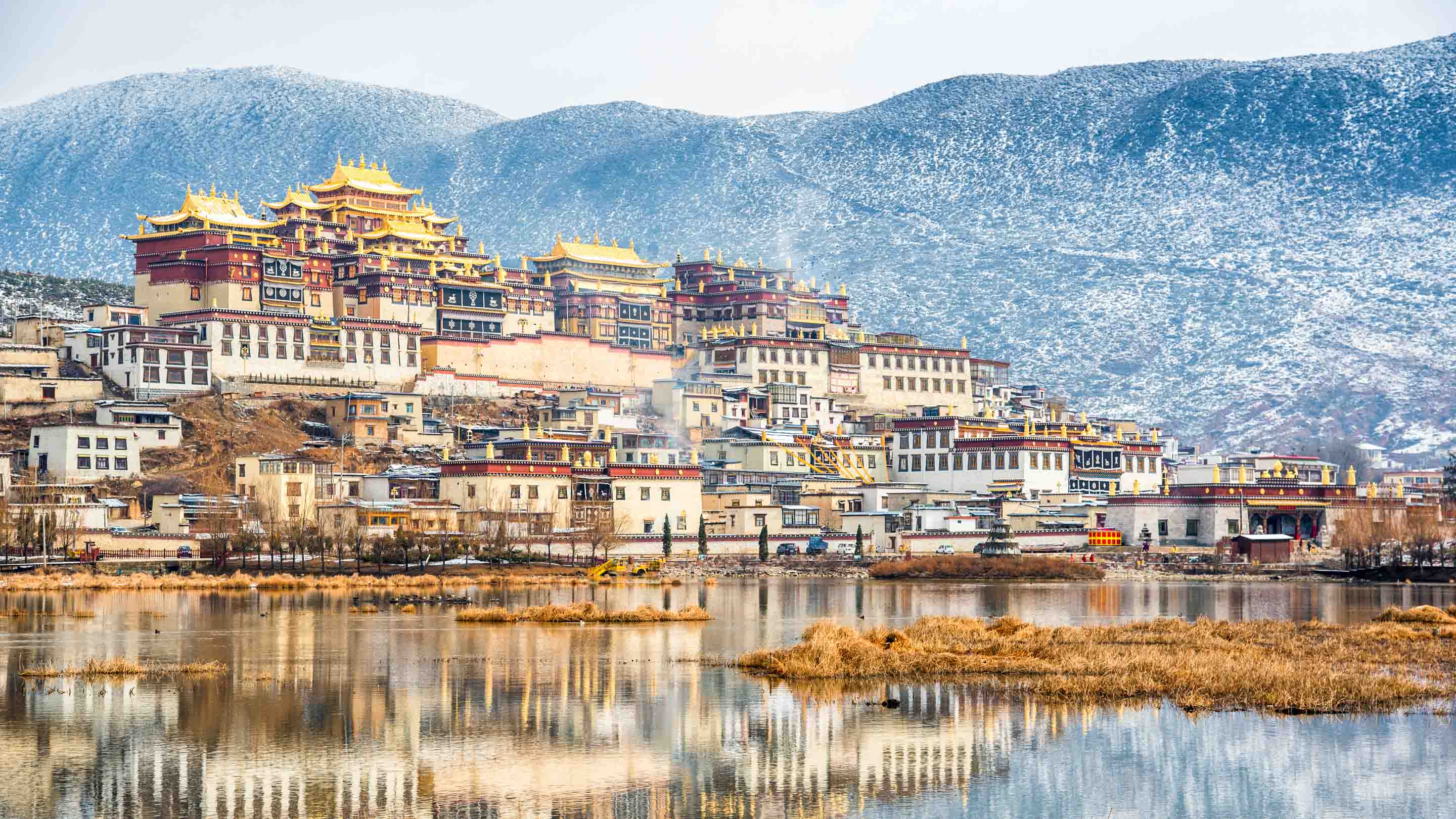
Trubshi Village
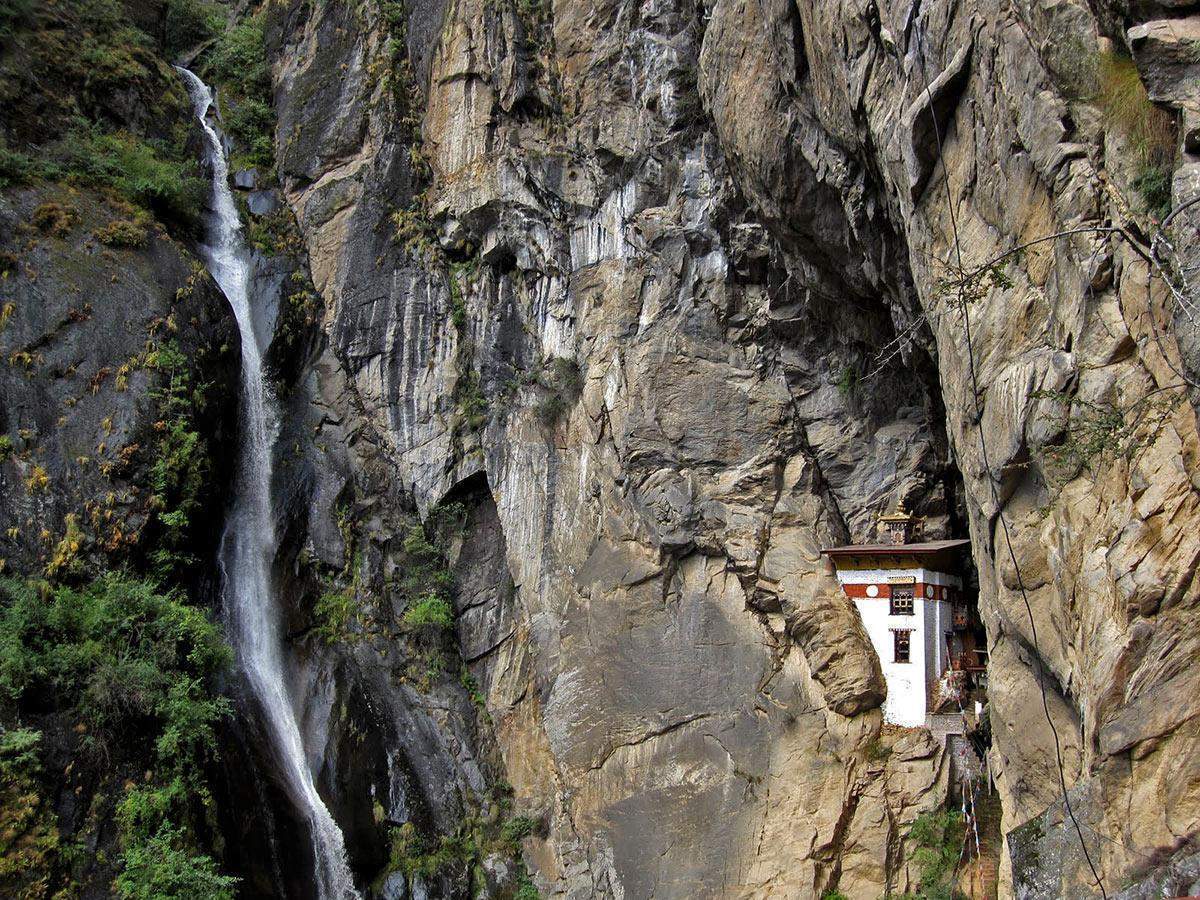
Terdrom
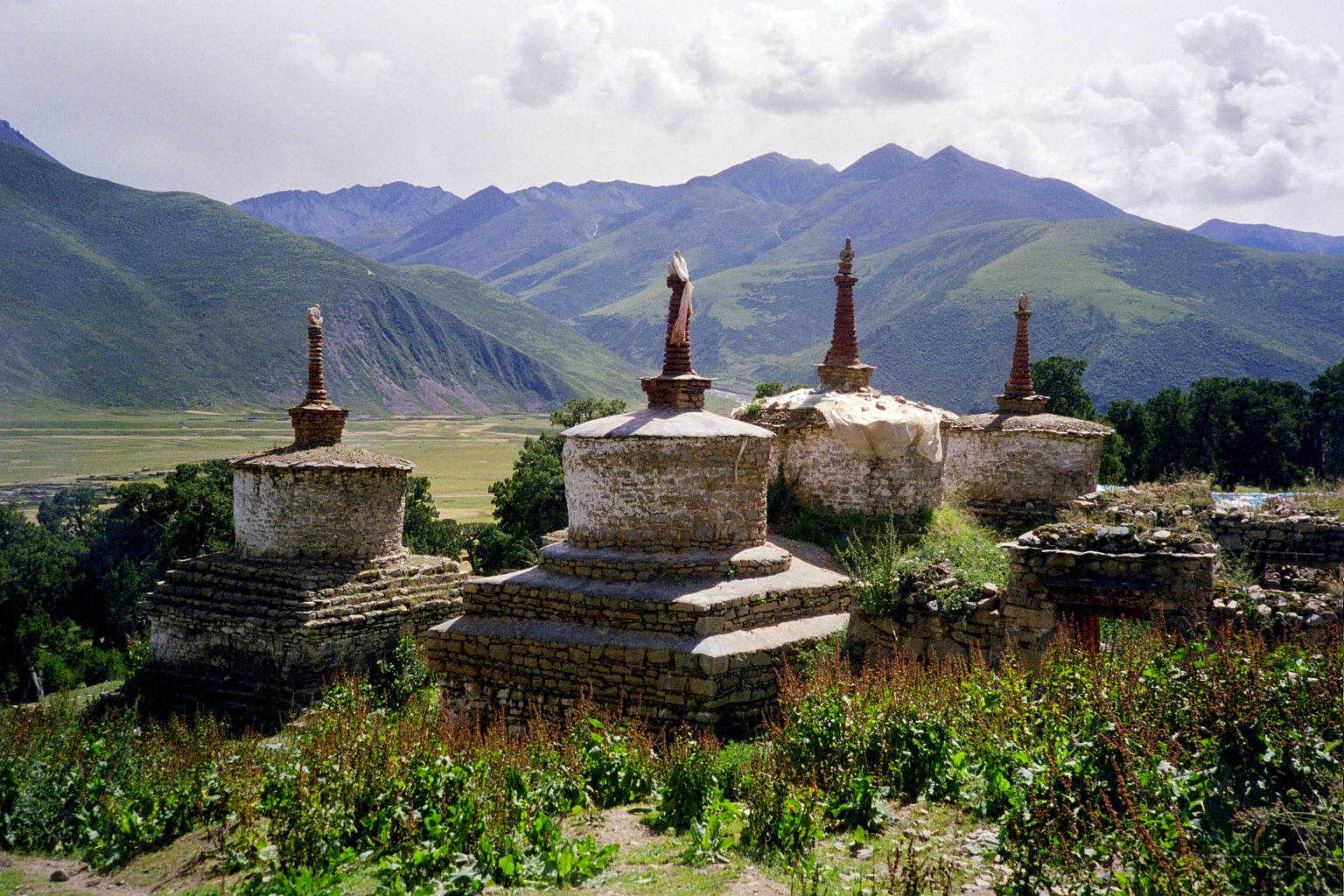
Terdrom
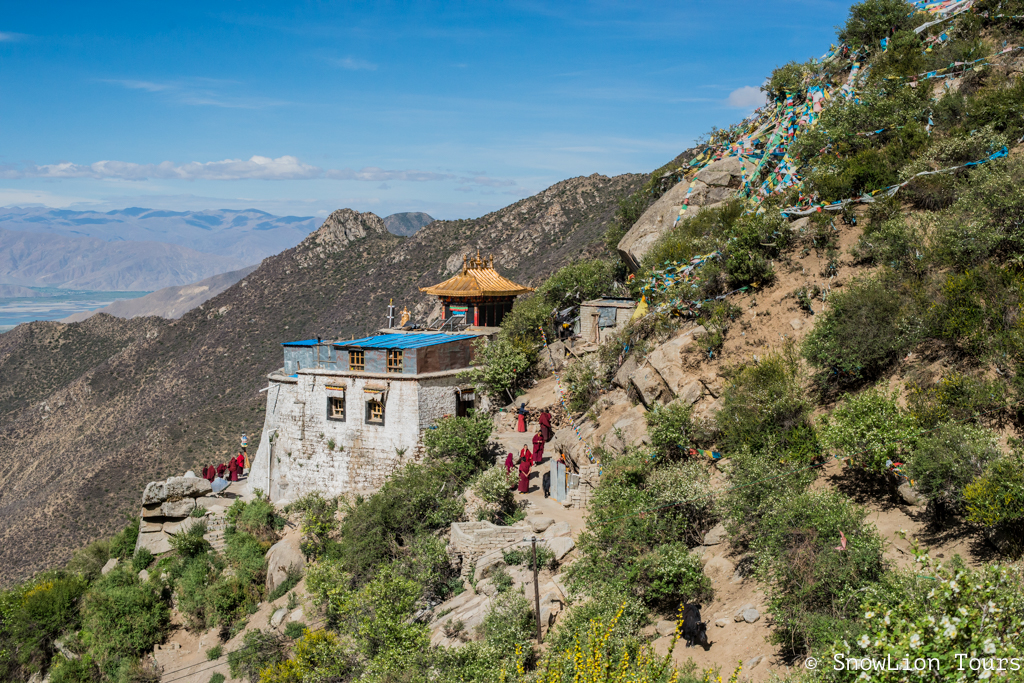
Samye
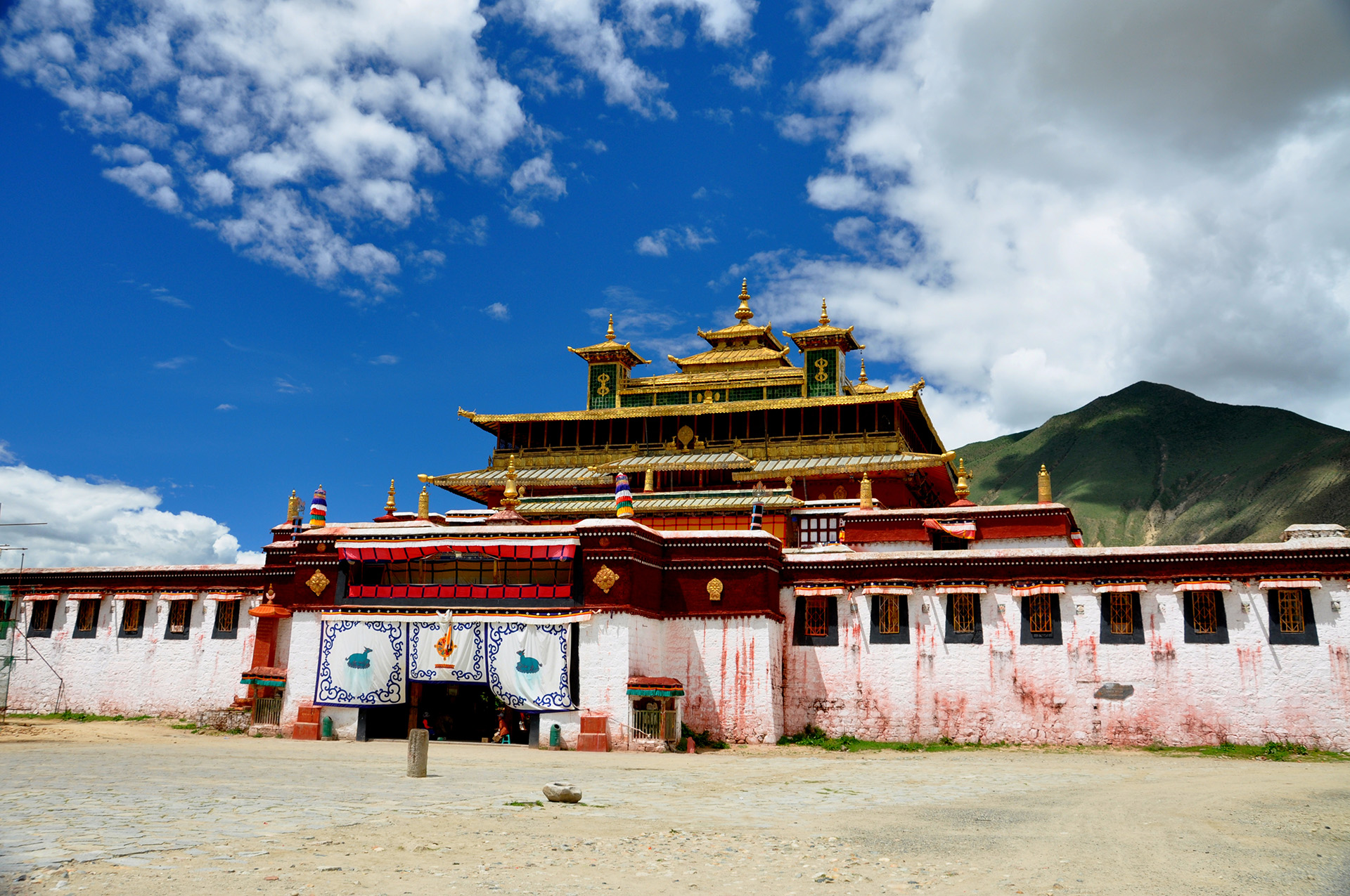
Samye
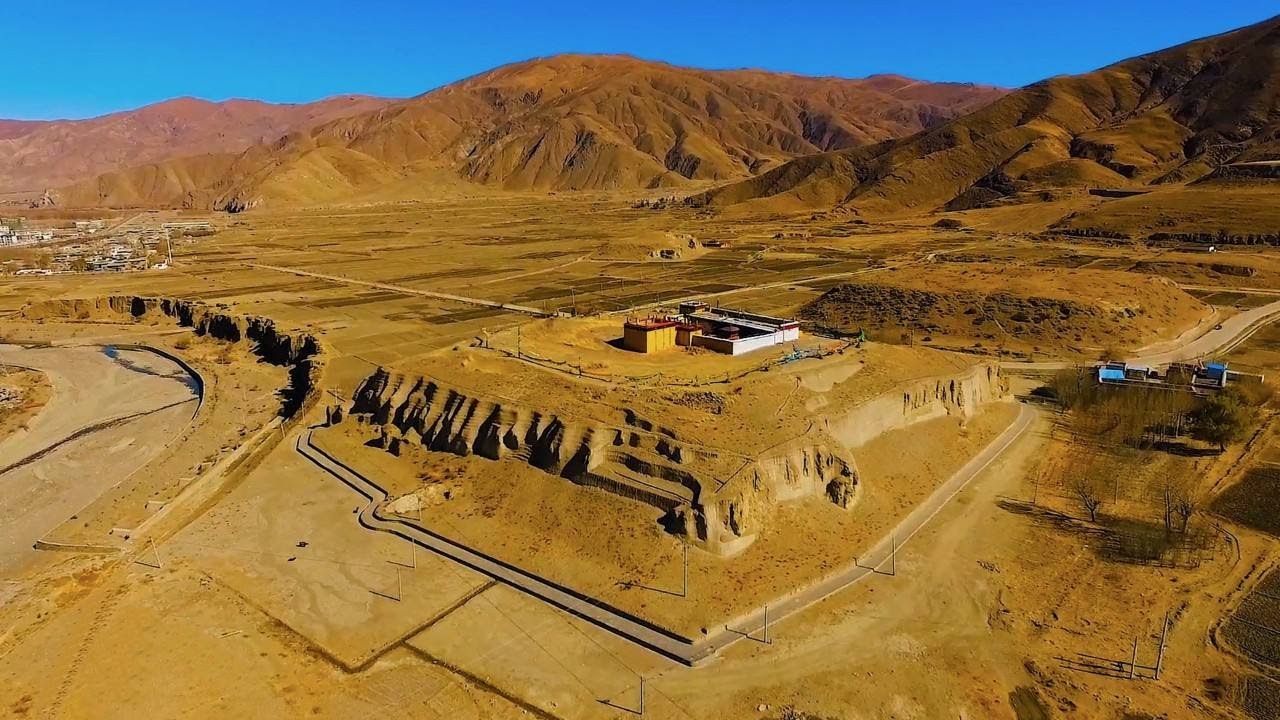
Samye
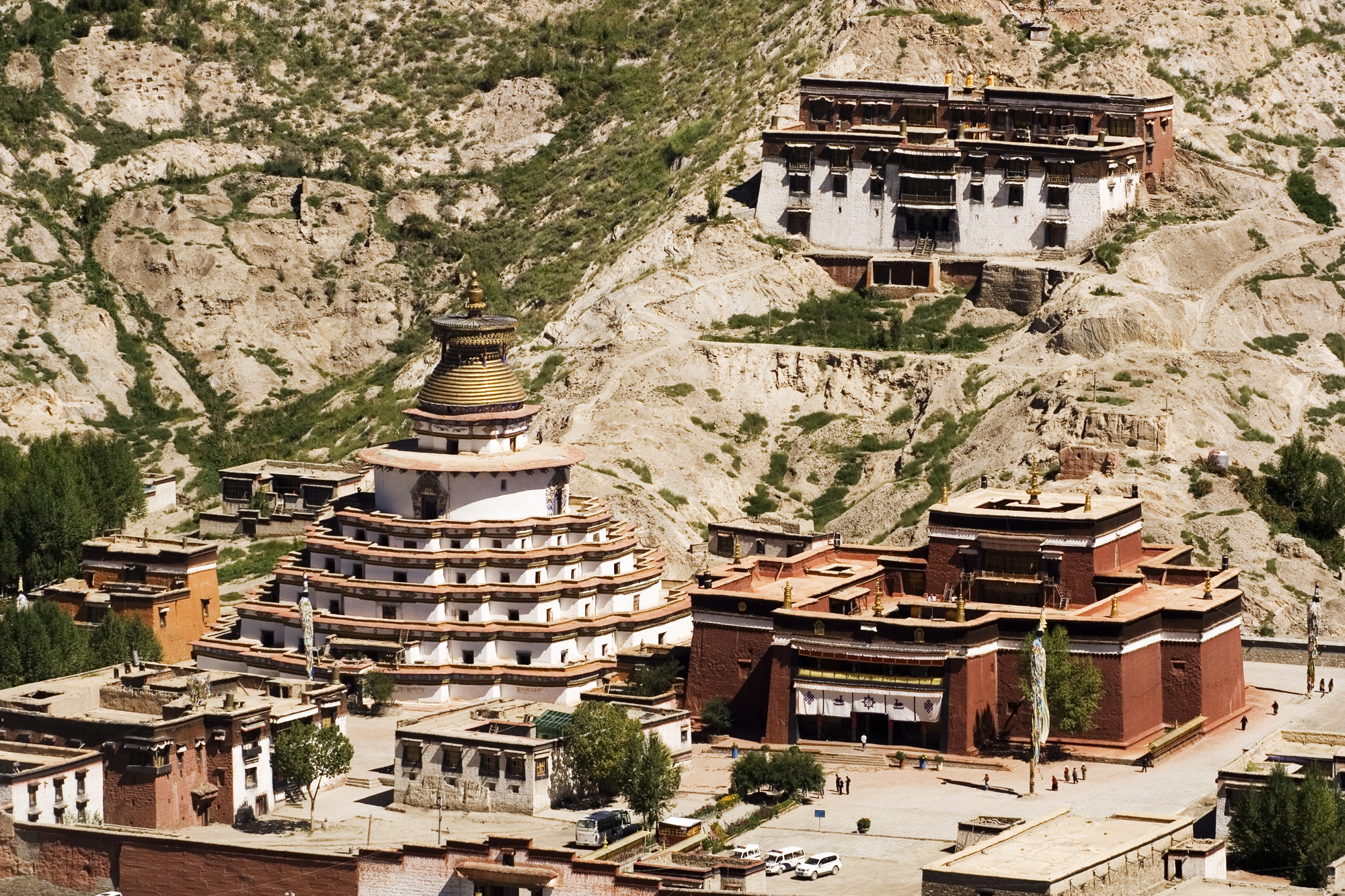
Gyantse
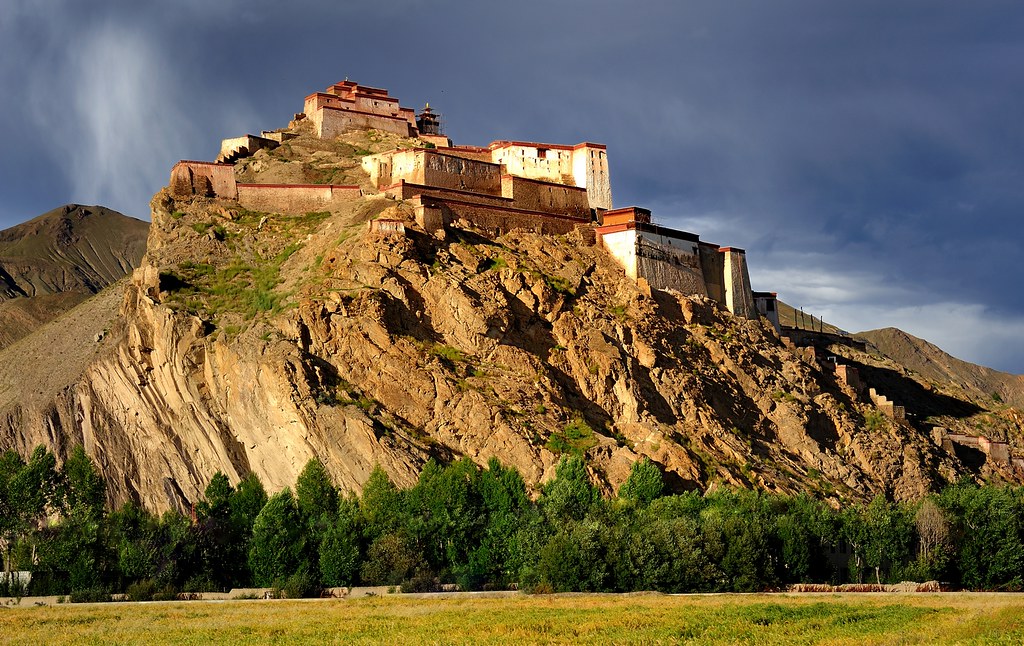
Gyantse
Explore exotic destinations and unique
travel experiences.